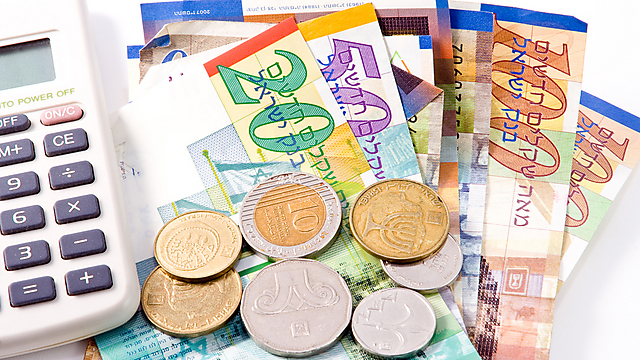
Saving on the rise
צילום: shutterstock
Israelis saving more
Hitting a 20-year high across private and public savings, Israel is also ranked 7th of OECD companies for saving rate; income inequality has also grown.
Surprisingly, Israelis, who frequently claim that they can't end the month in the black, are actually saving more. According to the Ministry of Finance's chief economist, Yoel Naveh, the savings rate has climbed in recent years, and last year, the net savings rate from disposable income rose to 12.1 percent, a 20-year high.
Israel stands out in international comparison. In 2014, its savings rate was higher than 22 other OECD countries and only behind six of them. National savings include that of households, companies and the public sector, but the Central Bureau of Statistics only categorizes the savings to two categories: private (which includes companies) and public.
Over last two decades, private saving has grown, but in recent years, it has remained stable, possibly due to the low interest rate boosting the growth of private consumption and reducing savings.
For the past 20 years, there has been consistent growth in national saving. As the rate of public saving hovers around 0.2 percent of income, the growth comes from private savings.
Household saving is calculated as income minus expenditures. The datum does not include employer contributions to pension, severance and training funds, though it does include the employees' contributions.
The increase in the saving rate holds true across all levels of income. As the tendency to save rises with income, it is possible that this occurred alongside the general raise in income level, resulting in the raise in participation in the labor force.
This increase has several reasons. First, when the number of working years decreases compared to the expected number of years as a retiree, people save more in anticipation. The country's overall life expectancy has climbed in recent decades, and the official retirement age has increased significantly less.
Second, the ratio of baby boomers in the population is high, most of them today—aged 52 to 70—are approaching retirement, and the savings rate of those between 50 and retirement age is relatively high.
There is also a rise in income inequality: In general, the marginal propensity to save increases with income. Richer households have a greater tendency to save and vice versa. In recent decades, inequality in household income has increased, and along with it, the ration between incomes belonging to the top ten percent and those of the bottom ten.
There are additional reasons for the increase in saving. For the past 20 years the proportion of savers in new pension funds and life insurance has increased. The 2008 mandatory pension rules require all employees to contribute to their own pensions, and it seems that in recent years, awareness regarding pension savings has increased. Today, a third of workers in the economy, especially those with higher salaries, have training funds. These were originally intended to encourage employees to acquire professional skills, but, with time, the link between tax-exempt purpose of the funds and their use has weakened.











